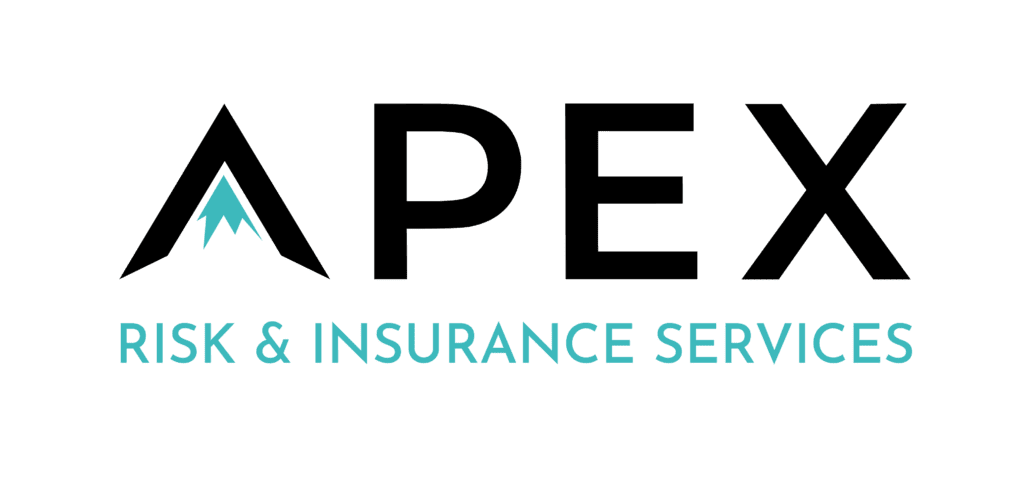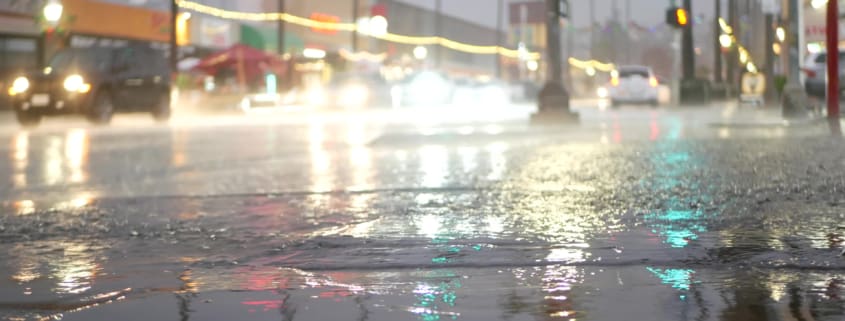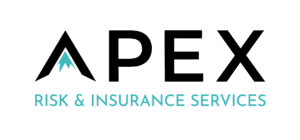The Impact of Climate on Commercial Insurance in San Diego
Recent reports highlight a concerning trend: commercial insurance policies in wildfire-prone regions, such as rural areas in San Diego, are either facing cancellation or substantial price hikes.
Furthermore, developments proposed for high-risk fire zones are encountering mounting political and legal opposition. Beyond debates about their impact on local residents’ quality of life, these projects are increasingly scrutinized for their potential implications on public safety and exacerbation of climate change concerns.
In light of these developments, many business owners in San Diego are left pondering a pressing question: will commercial properties and their insurance face a similar fate?
Let’s delve deeper into this issue.
Understanding the Risk
The heightened risk of wildfires in San Diego is not a new phenomenon. The region’s arid climate, combined with periodic Santa Ana winds, creates conditions ripe for devastating wildfires. However, climate change has exacerbated these conditions, leading to more frequent and intense fires.
For commercial property owners in San Diego, this presents a significant challenge. Not only do they face the immediate threat of fire damage to their properties, but they also must navigate the complexities of insurance coverage in a high-risk area.
Extreme weather and its cost to the U.S. economy continue an upward trend with 371 total weather and climate disasters since 1980 where the overall damages/costs reached or exceeded $1 billion (including CPI adjustment to 2023).
The National Centers for Environmental Information says the total costs of all these events exceed a staggering $2.615 trillion.
The reality is that while there was an average of 8.1 extreme weather events in the U.S. per year between 1980 and 2022, the average for the last five years is more than double that at 18.0 events per year, and even more concerning, 2023 through September 11 had already seen 23 confirmed weather/climate disaster events with losses exceeding $1 billion
Impact on Insurance Coverage
Insurance companies are reevaluating their exposure to wildfire risk, leading to changes in coverage and pricing. Some insurers have opted to cancel policies for properties located in high-risk areas, while others have significantly increased premiums to offset their potential losses.
For commercial property owners, this uncertainty can have far-reaching consequences. Higher insurance costs can eat into profits, making it harder to operate a business. Additionally, the lack of insurance coverage can leave properties vulnerable in the event of a wildfire, putting both assets and livelihoods at risk.
Navigating the Challenges
In the face of these challenges, commercial property owners in San Diego must take proactive steps to protect their investments. This includes:
Risk Mitigation Measures: Implementing fire-resistant building materials, clearing vegetation around properties, and creating defensible space can help reduce the risk of fire damage.
Reviewing Insurance Policies: It’s essential for property owners to carefully review their insurance policies and understand their coverage limitations. Working with an experienced insurance broker can help ensure adequate coverage and potentially identify cost-saving opportunities.
Exploring Alternative Solutions: In some cases, traditional insurance may not be readily available or affordable. Property owners may need to explore alternative risk management solutions, such as captive insurance or risk pooling arrangements.
Advocating for Change: Finally, commercial property owners can advocate for policy changes at the local, state, and federal levels to address the underlying factors contributing to wildfire risk. This may include measures to mitigate climate change, improve land management practices, and enhance firefighting capabilities.
How Extreme Weather in 2023 Will Affect Commercial Property Owners?
The impact of climate change on commercial insurance in San Diego, particularly in relation to properties located in high-risk fire zones, is significant and multifaceted.
Increased Risk Perception
As wildfires become more frequent and severe due to climate change, insurers perceive higher risks associated with properties located in fire-prone areas. This heightened risk perception often leads to either the cancellation of existing policies or a significant increase in insurance premiums for commercial properties in these regions.
Limited Coverage Options
Insurers may become more selective in offering coverage for businesses located in high-risk fire zones. Some insurers may choose to exclude wildfire-related damages from their policies altogether, leaving businesses vulnerable to substantial financial losses in the event of a wildfire.
Underwriting Changes
Insurance companies are likely to reassess their underwriting practices and risk assessment models in response to the changing climate conditions. This could result in stricter eligibility criteria for commercial properties in fire-prone areas and adjustments in pricing based on updated risk assessments.
Legal and Regulatory Challenges
The challenges faced by developments planned for high-risk fire zones extend to commercial properties as well. Legal and regulatory hurdles may arise concerning the impact of these developments on public safety, environmental concerns, and adherence to climate change mitigation efforts. This could further complicate insurance coverage and increase uncertainty for businesses operating in these areas.
Adaptation and Mitigation Measures
Businesses operating in high-risk fire zones may need to invest in adaptation and mitigation measures to reduce their vulnerability to wildfires. This could include implementing fire-resistant building materials, creating defensible space around the property, and enhancing emergency preparedness plans. Insurers may offer incentives or discounts for businesses that proactively implement such measures.
Market Dynamics
The commercial insurance market in San Diego and other wildfire-prone regions may experience shifts in dynamics as insurers grapple with the evolving risk landscape. New insurance products tailored to address the specific needs of businesses in fire-prone areas may emerge, while traditional insurance offerings may undergo adjustments to remain viable in the face of increasing climate-related risks.
In conclusion, the impact of climate change on commercial insurance in San Diego is substantial, particularly for properties located in high-risk fire zones. Business owners in these areas must be proactive in understanding and addressing their insurance needs in light of evolving climate risks, while insurers and policymakers must work collaboratively to develop sustainable solutions to mitigate the impacts of climate change on commercial insurance.
Where Can I Find Commercial Insurance in San Diego?
Apex was founded to fill the service and consultative gap left by agency consolidations in the insurance marketplace. These consolidations have left customers who are used to a boutique service approach with no personal connection to their team.
Apex brings the high-touch service proposition back to San Diego businesses and beyond.
At Apex Risk & Insurance Services, we use the Apex Proven Process to learn about your business, strategize to assemble the right program for you, and use our deep industry and market knowledge to leverage the best pricing and coverage.
This leaves small business owners with more time to do what they do best: Run their business knowing that their company and employees are protected.
Check out our commercial insurance policies, then, read on to learn what makes us different.




